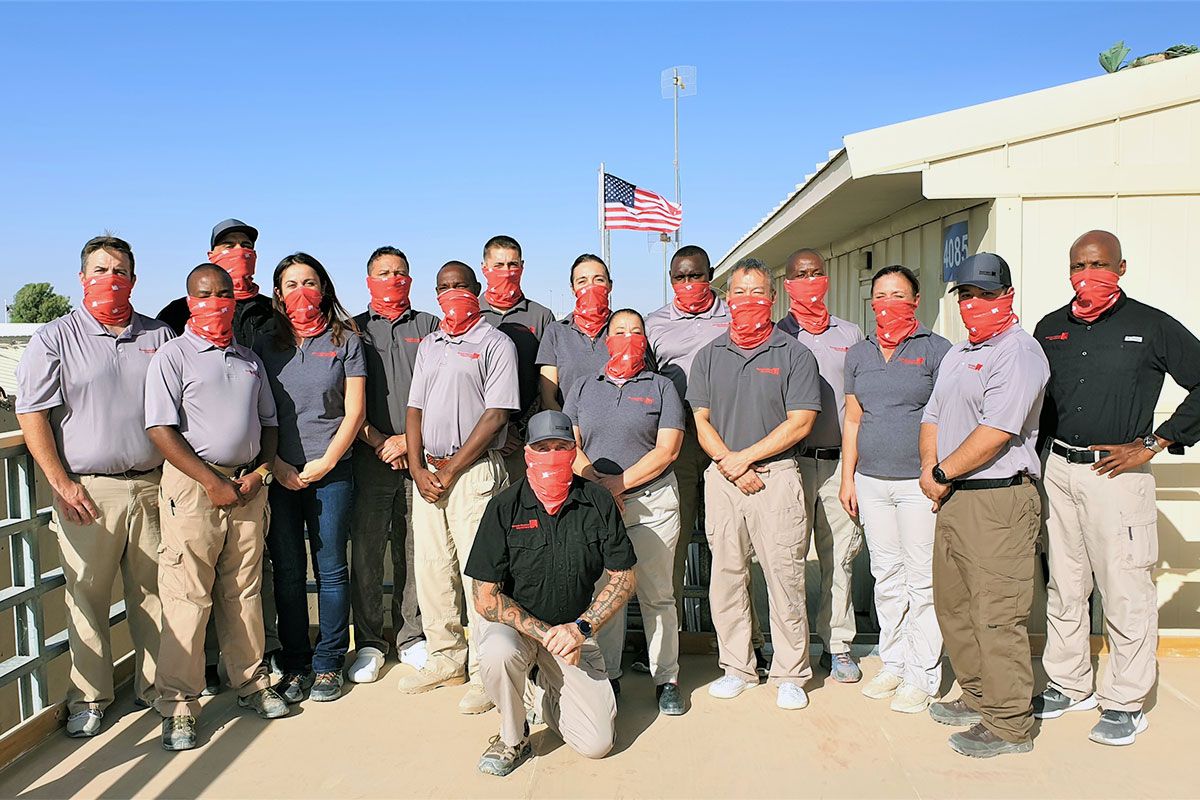We recently finished several consulting projects for high-profile clients developing risk management systems for remote site operations, one was for a guide service that works internationally. My favorite aspect of working with clients is watching the way they think about their operation change. It seems in business, project management, and probably life in general, that we are always reacting to a set of external circumstances. I find that it is rare to see companies who work to proactively manage risk, and often the clients we work with have already taken these steps and are looking to solidify existing systems, but they took the first step on their own.
At Remote Medical International, I believe we have a very different and unique view on both risk management and emergency response because we use these systems on an on-going and daily basis. For example, at the writing of this blog, I am on the summit of the Greenland Ice Sheet providing ALS Medical Support as well as high-angle rescue. We have another medic in the Bering Sea doing the same thing, a Nurse and Doctor in Haiti, and another Doctor at the Subaru Primal Quest, one of the longest adventure races in North America. For these operations, our pre-planning, logistics, and risk management and evacuation systems must be robust, and we have the unique opportunity to use them on an on-going basis as well as interfacing with rescue teams and other resources on a daily basis.
With a passion for remote places, and enabling individuals to safely operate in those places, I really enjoy translating our experience to usable and simple risk management systems for organizations involved in outdoor education, guiding, and research, as well as other companies that operation far away from hospitals and rescue services. More importantly, my reward is watching an organization change towards a more proactive mentality, as well as feeling confident in their ability to not only respond to an emergency in the field, but provide an administrative response to ensure that the individuals involved are well taken care of, families are supported, the media is informed, and that the inevitable field emergency that is inherent in our operations, provides an opportunity for the organization to show what it is made of, and build credibility through the ordeal which works for both the organization’s reputation as well as the moral of staff.
If one spends enough time in the wilderness, an emergency is inevitable, whether it be a dental infection or traumatic accident. As an organization, these incidents define who you are to your staff, the public, and the victims. I believe that one of the best investments one can make in such an organization is a comprehensive risk management and emergency response plan. Whether you use our outdoor risk management consulting services or write your own, the small investment can be the difference between success and failure during an accident and often the needed difference in organizational survival following these incidents.


